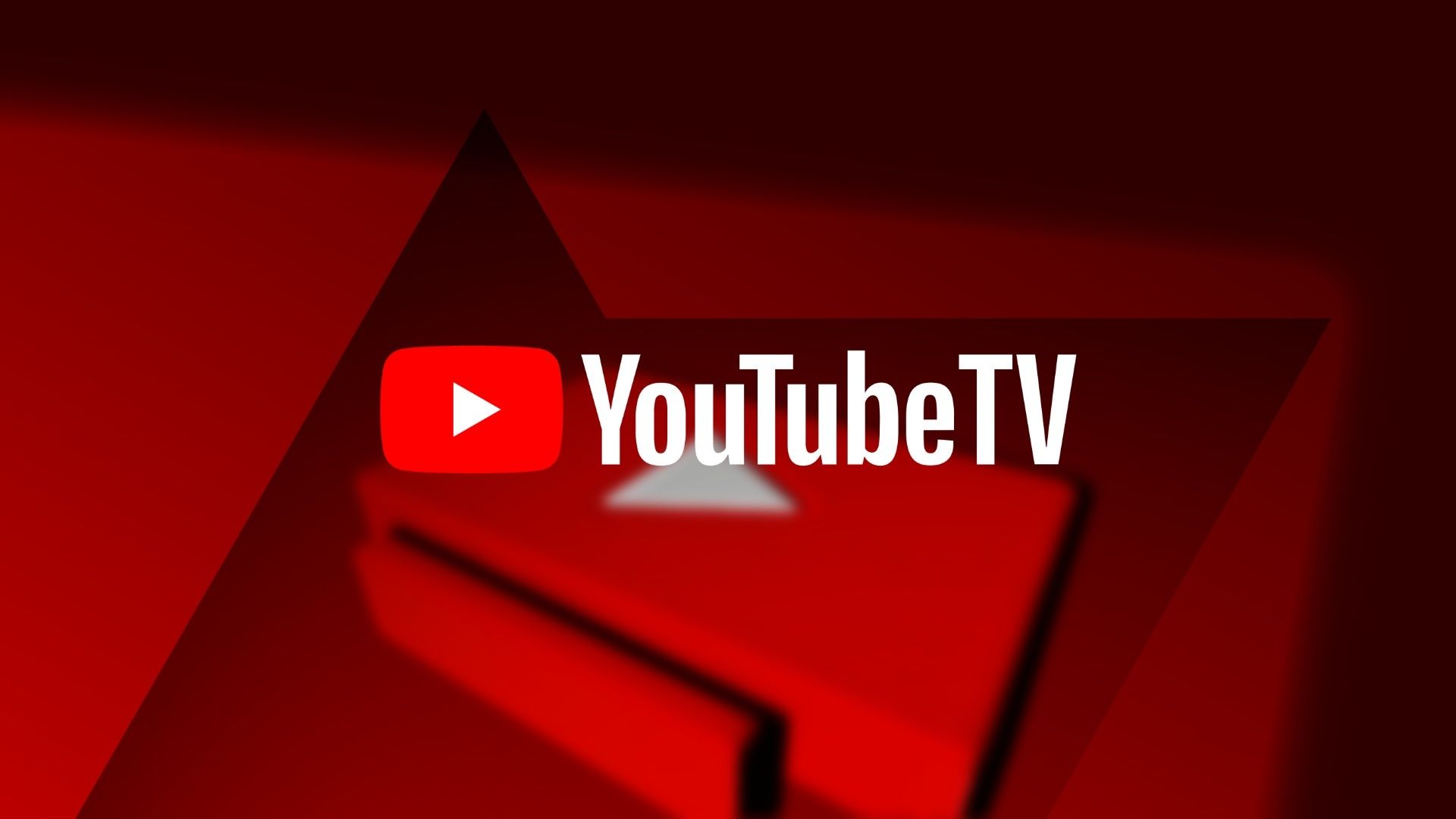Tech
YouTube’s unblockable ads seen again as Google changes stance on extensions

Summary
- YouTube is finally cracking down on ad blockers by injecting server-side ads.
- The brand also made changes to extension security, potentially impacting ad blockers.
- YouTube Premium offers an ad-free experience, but comes with a monthly cost.
In 2024, there’s an abundance of streaming services to choose from, but the one that gets the most attention globally is still going to YouTube. And if you’ve been watching YouTube for any amount of time over the past couple of years, chances are, you’ve noticed the variety of changes that the brand has introduced in order to bolster the platform. In addition to visual revamps and quality of life improvements, the brand has also invested heavily in YouTube Shorts, while at the same time, trying to curb unwanted viewers.
Now, that last point is a bit of a slippery slope, but for some time now, YouTube has been putting pressure on ad blockers, with third-party developers creating new problems that require new solutions. And for the most part, it’s been a cat-and-mouse game. But YouTube dialed things up a bit just recently, with reports that it was working on server-side ad injections. We’re now starting to see evidence of this coming to life, with some users on Reddit chiming in, sharing that while they were watching YouTube with an ad blocker, that a mysterious black segment of video came on screen, in place of an ad, which was gone after several seconds.
New ads are coming, and your ad blocker may not be able to help you
Source: YouTube
Now, if you’ve never used an ad blocker before, traditionally, what’s supposed to happen in the scenario above is that the ad blocker will cut out the ad and allow you to watch the YouTube video without any interruptions. But what’s being suggested here is that since YouTube is testing or moving towards a new server-side method of injecting ads directly into videos, current ad blockers aren’t able to accommodate this, which comes with the result above.
It’s unclear just how widespread this issue is, but it appears to have started recently, and happens to be more common with those who are running uBlock Origin. So far, the Reddit thread seems relatively calm, with many just enjoying the black screen of silence, preferring it over the ads that are typically played on YouTube. Others have stated that they will not give in and won’t be purchasing a YouTube Premium subscription.
YouTube Premium is the only legitimate way to get rid of ads on the platform, but it also comes with a variety of additional perks as well. In addition to removing ads from videos, you’re also going to get access to YouTube Music Premium, which houses millions of songs that you can listen to. Furthermore, going Premium allows users to download videos for offline viewing, just in case they happen to be in an area that doesn’t have internet connectivity.
Premium users can also play videos with the screen off and get Picture-in-Picture mode too. So you can see all the benefits, but, of course, there’s a cost, and there are folks that don’t want to pay since the content on YouTube is free. Now, what makes all of the above even more interesting is that YouTube recently made a post on its YouTube Help blog explaining that it was making changes with the intent of “strengthening security for extensions on YouTube.”
Now, with something like this, you’d expect the brand to provide a clear and concise explanation of what they are changingin order to make things better for everyday users. But YouTube does not, and instead keeps things pretty vague, only sharing that the brand is “upgrading” the safety standards for browser extensions on YouTube, and that this will better protect users and their important data.
The brand even goes so far as to share that this new enhancement will safeguard users from “cyberattacks such as hijacking or data theft.” Luckily for everyone, you don’t need to do a thing, as this new update will happen automatically. It does warn that these new changes could leave some browser extensions in non-working condition. The blog post even specifies that YouTube extensions could leave some users experiencing issues with videos not loading, which suggests that whatever changes were made, could also impact ad blocker extensions as well.
YouTube does share that if this happens to occur, users may need to temporarily disable extensions or take the browser into Incognito mode to see if things are working properly. So, is it just a coincidence that users online are seeing a black screen where ads should be on the day that YouTube makes an update in the way that extensions for the platform are handled? Could be, but we don’t think so.
And if you’re someone that likes to take the time to troubleshoot, you’re welcome to go through YouTube’s help page, or if you’re adamant about sticking with ad blocker extensions, you can always check to see if a filter update solves the most recent issue. Regardless, the new ads are coming, and the use of ad blockers on YouTube could finally be on the ropes.











